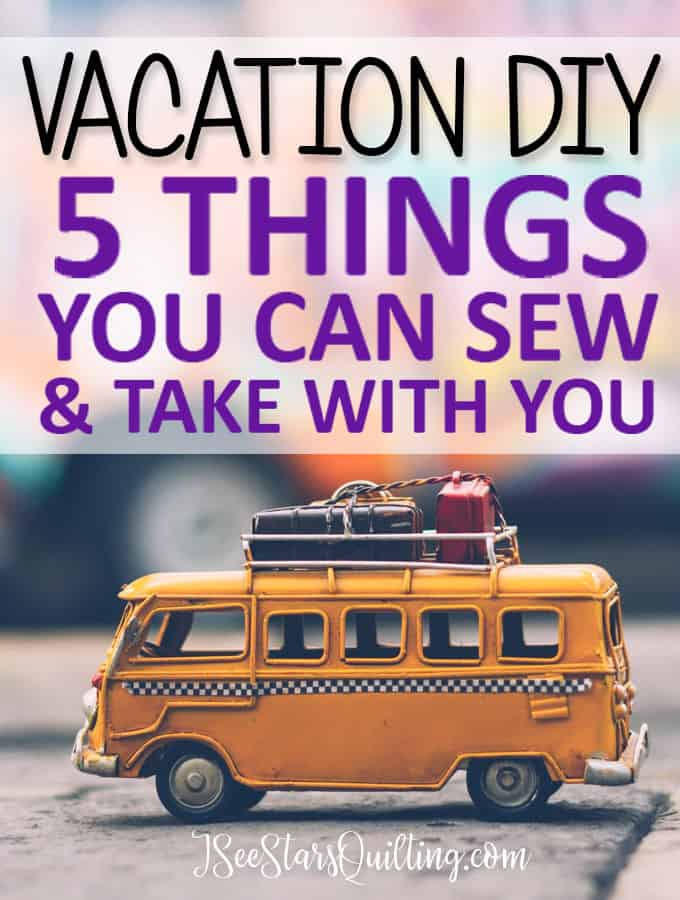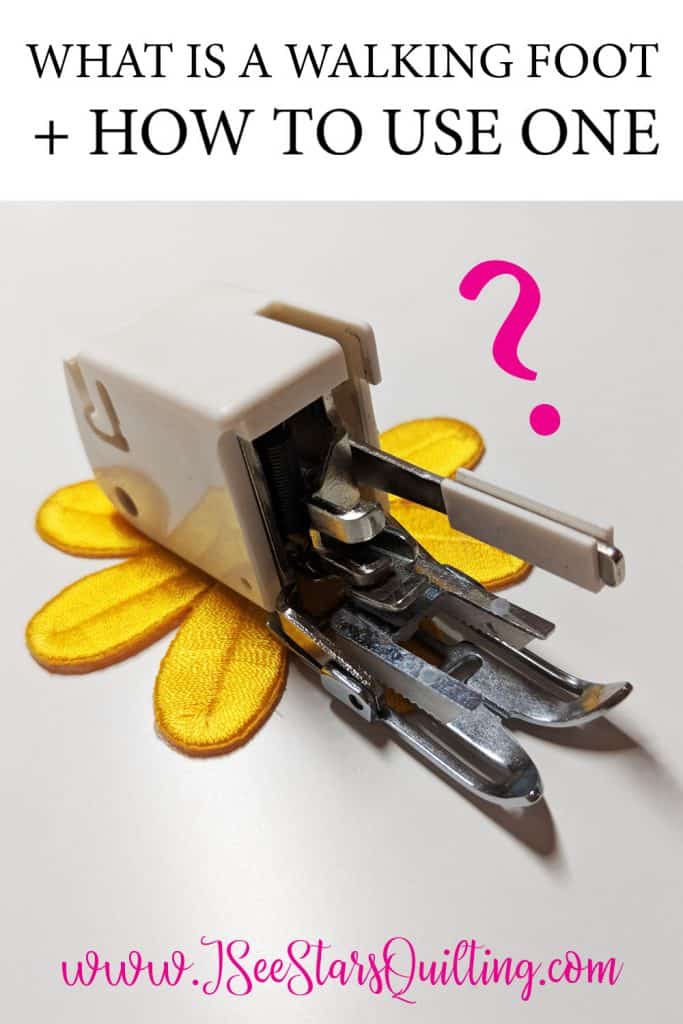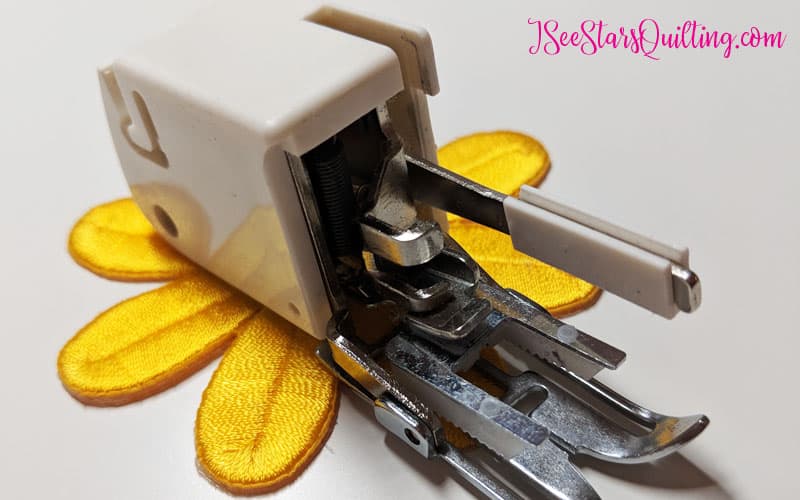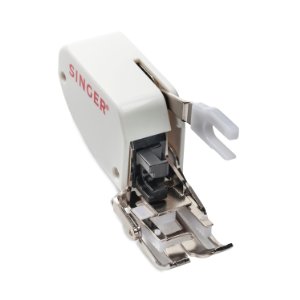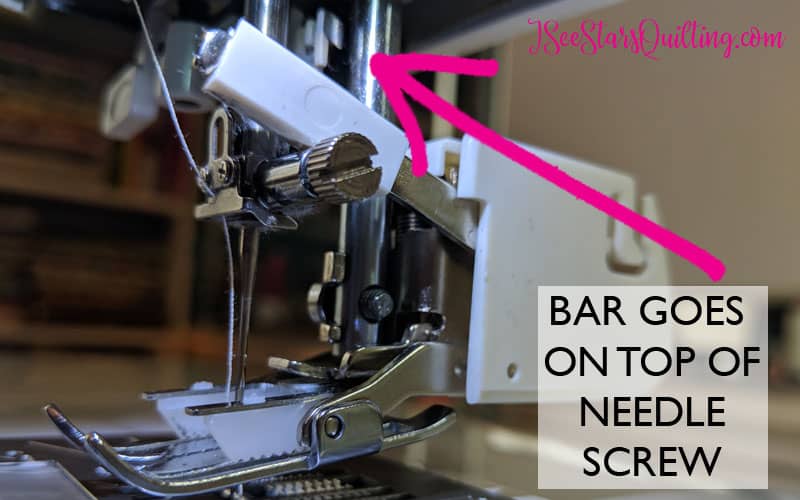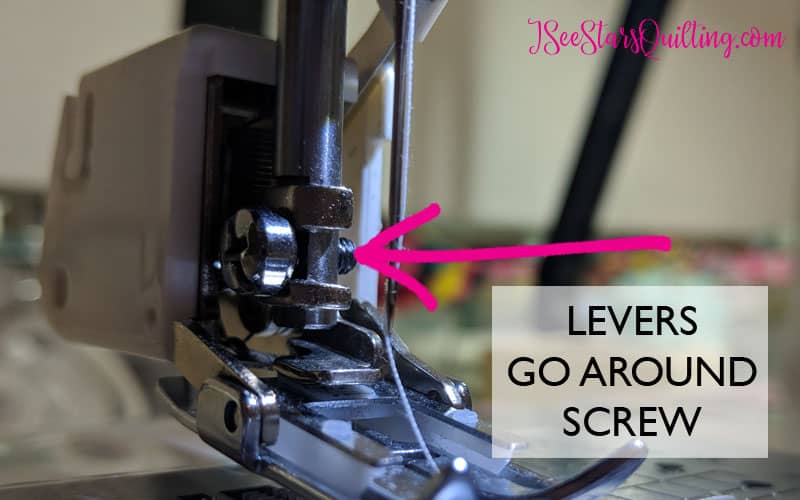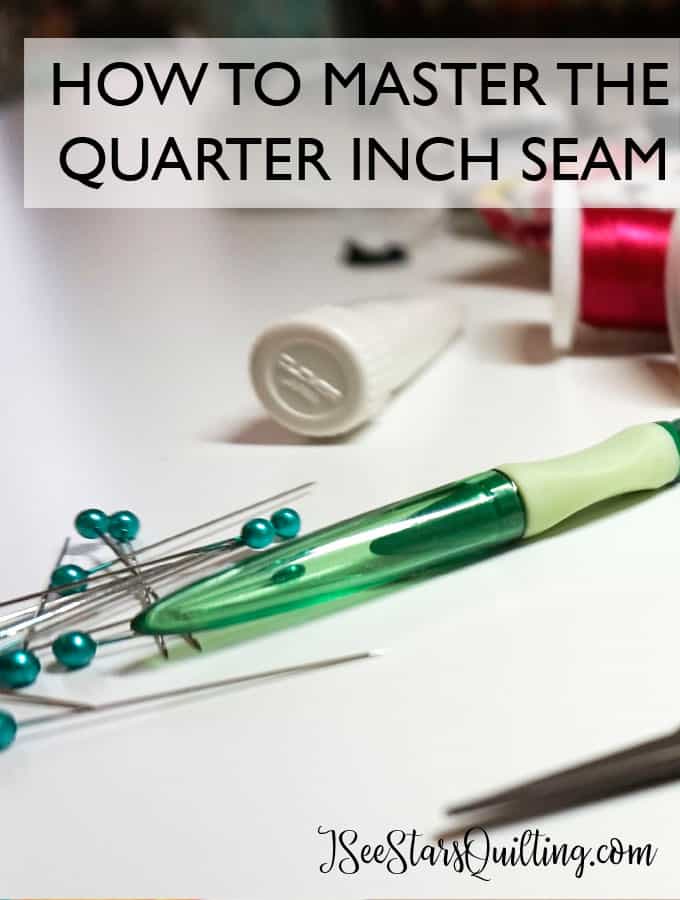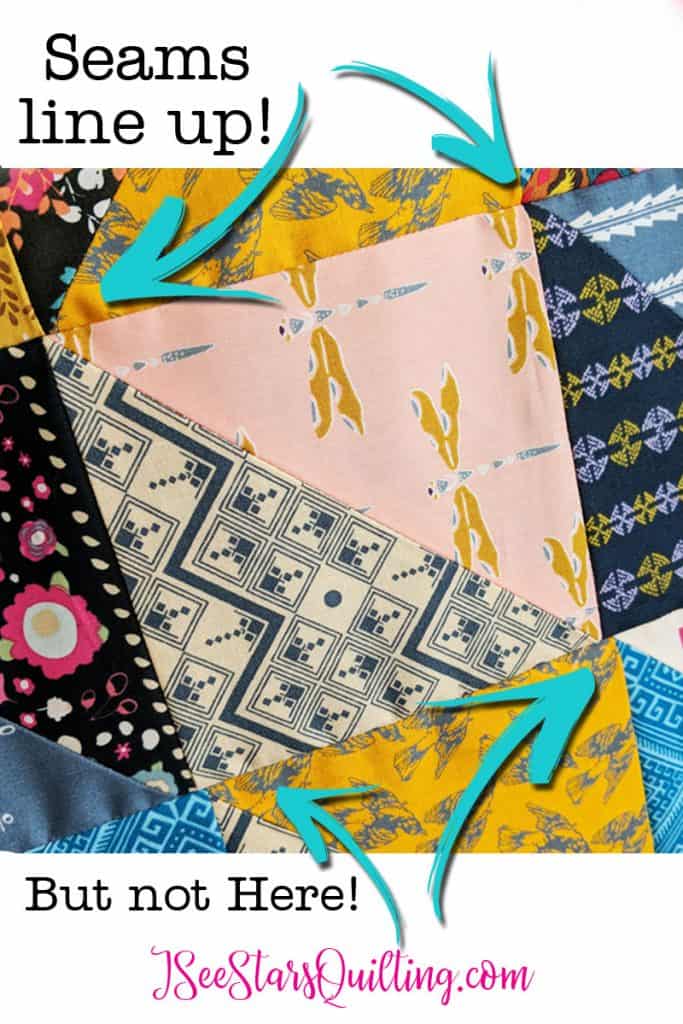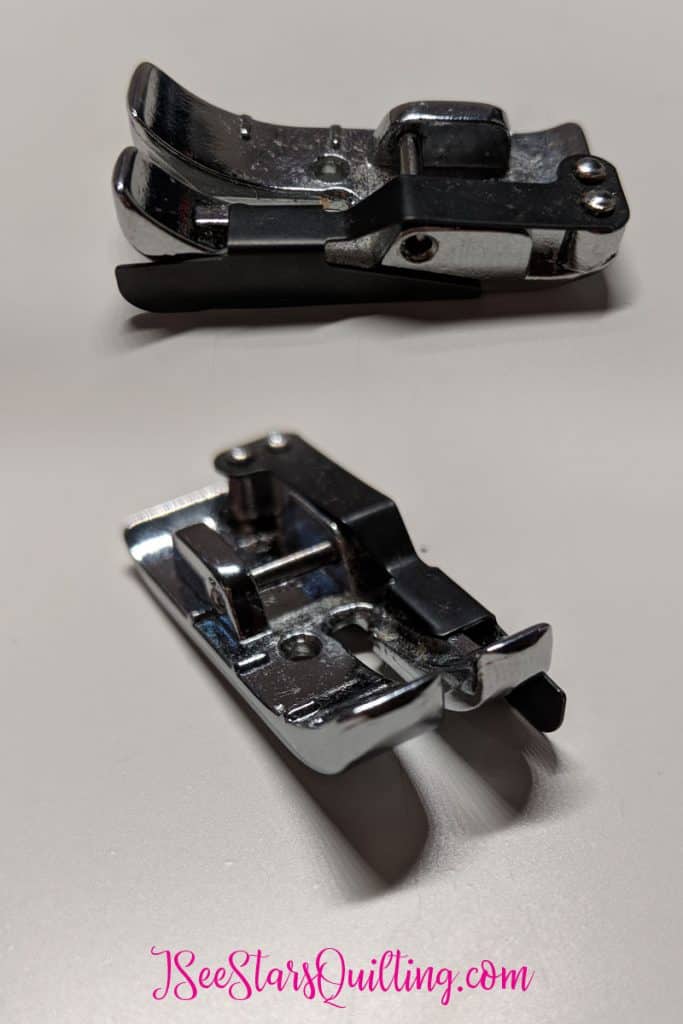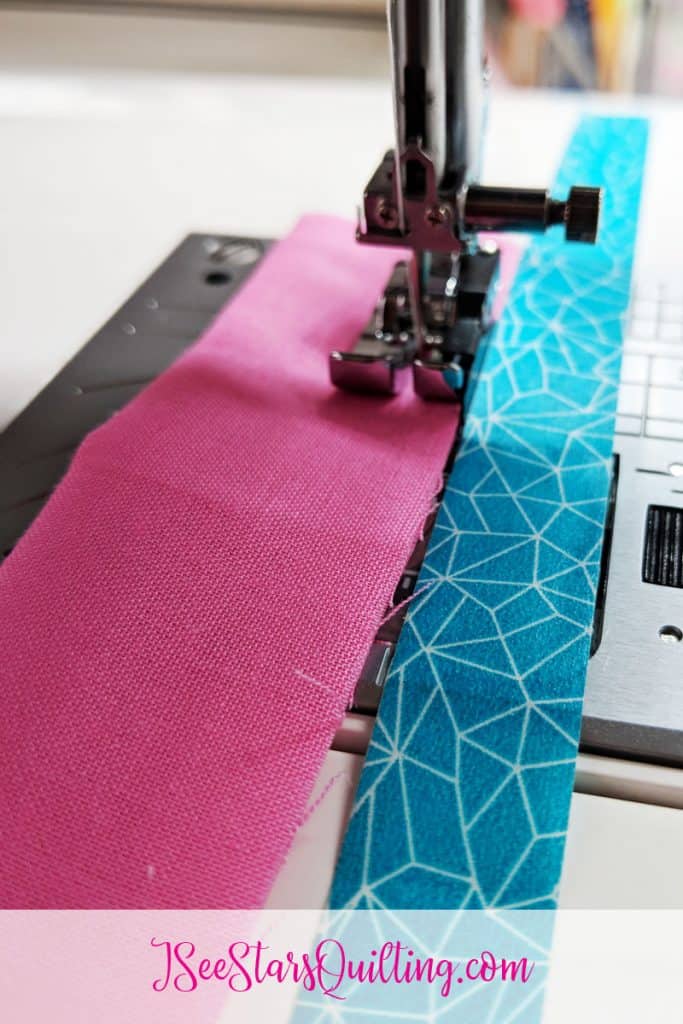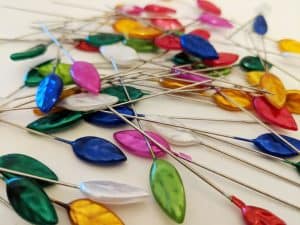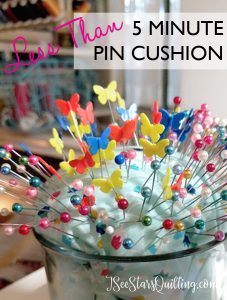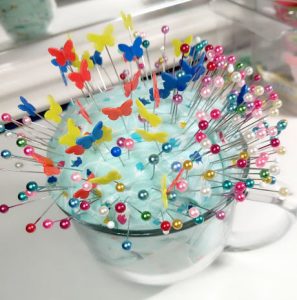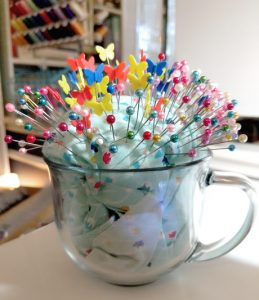5 things To Sew For Vacation!
Do you have a get-away planned in the future? Looking to take a long a few handmade items on your trip? Here are my favorite top 5 Things To Sew For Vacation!
Vacations are the best….

One of my favorite things to do before vacation is to procrastinate packing… anyone else with me, mommas?
Oh, I’ve got it all figured out in my head. I’ve done the laundry and have a semi-system of piles ready to go in the suitcase. But I will find other things to do to prep for our vacation besides actually packing… for example, creating fun sewing projects that will be useful while on vacation!
What a great idea, right?
5 Sewing Projects For Vacation
1.Catch-all Fabric Bins – I love making these little bins because they’re fun. They’re easy and they are useful in so many ways. Use up those pretty scraps, Be creative, go crazy with that fun fabric you couldn’t live without! These were a sanity saver in the hotel bathroom as well as in the hotel room. Everyone in my family has a bin and they know to keep the things that are important to them in the bin so it doesn’t get left behind. This comes together really easily and does not require a lot of skill or sewing magic! You can get the full tutorial here – The Perfect Easy Catch the Mess Fabric Bin
They also fold down to almost nothing in your suitcase. Bonus!
2. Dirty Laundry bag – This was the easiest and absolutely most helpful thing to have on vacation when you’re traveling with a family!
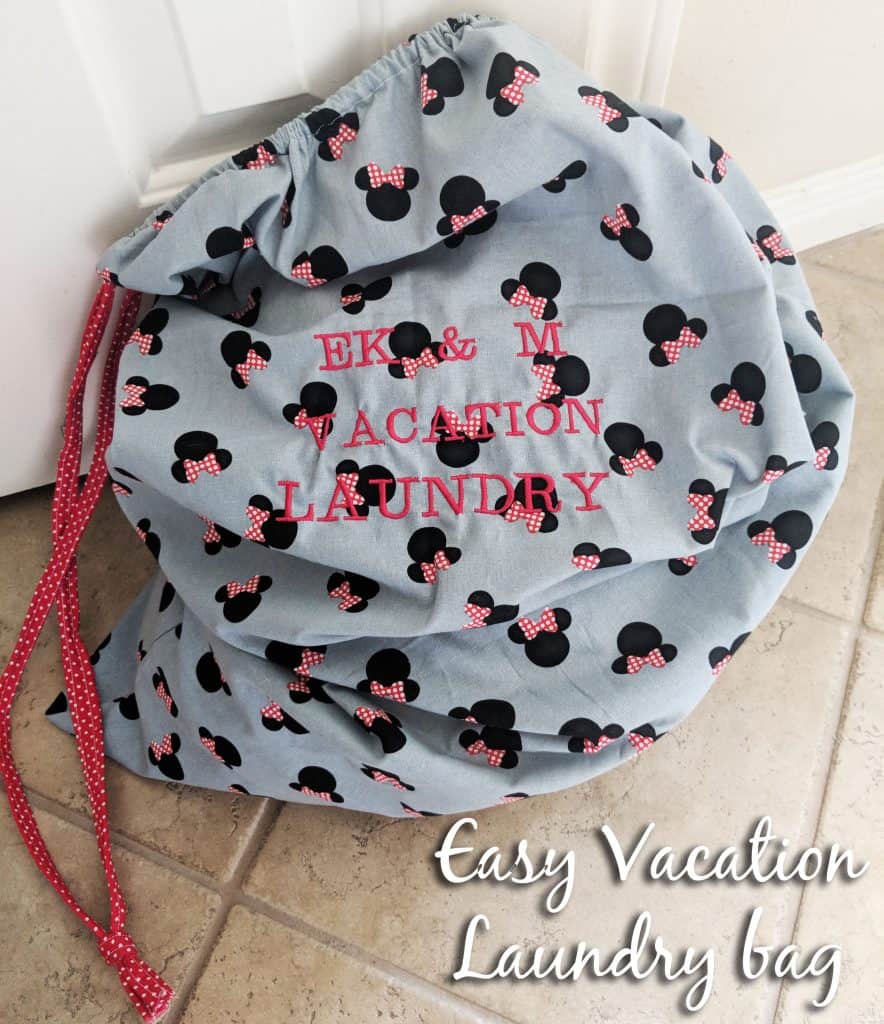
3. Does everything have to come with its own separate charging cord?! The girls at Live It, Love IT, Make It found a great solution to manage the mishap of crazy cords when traveling!
I could even use thing around the house come to think of it. Perhaps I should make up a few more after I write this post 😉
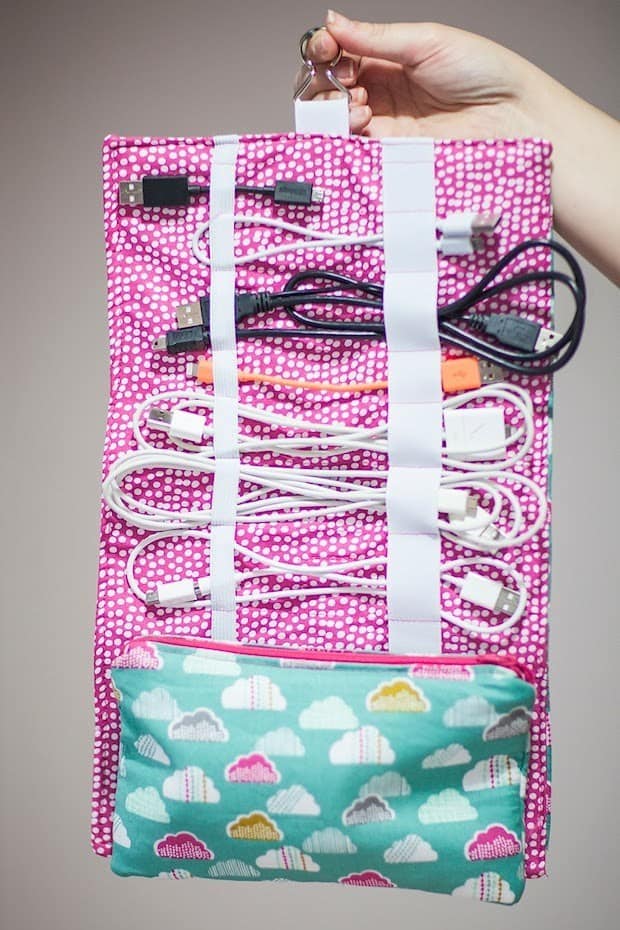
4. Jewelry organizer that is really pretty? Yes, Please. And Thank You. I love this little pouch. I’ve made several over the years as gifts for friends too. They work really good to hold your essential oils too!
If you are vacationing with kids, do not leave home without your lavender! 🙂
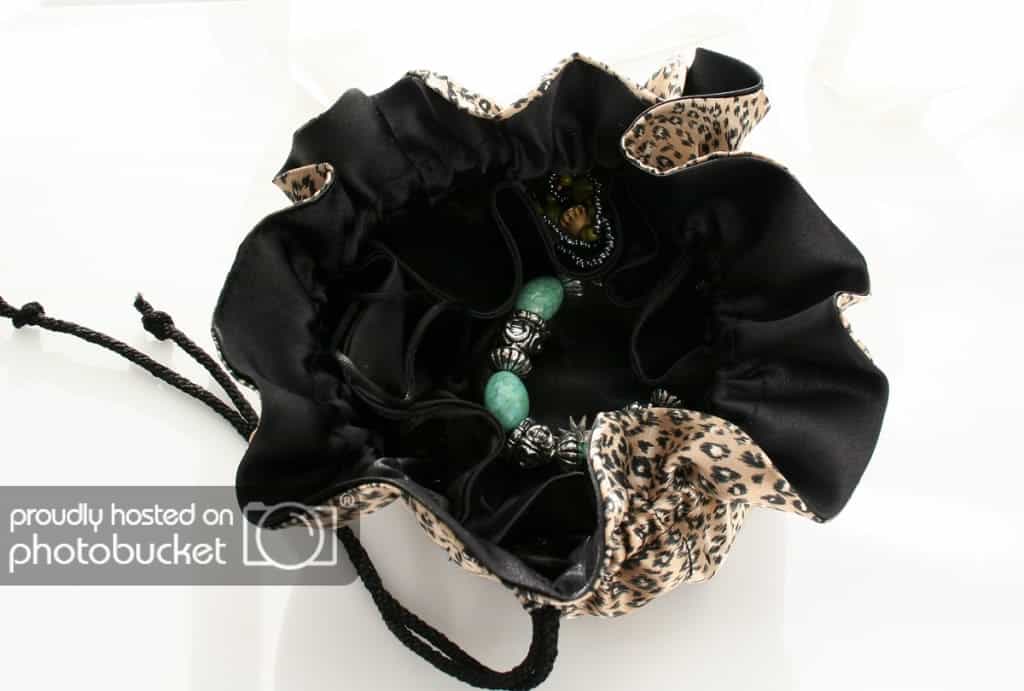
5. Zipper Box Pouch – This sews up in about an hour. I promise you can make these! Its the perfect cosmetic pouch,
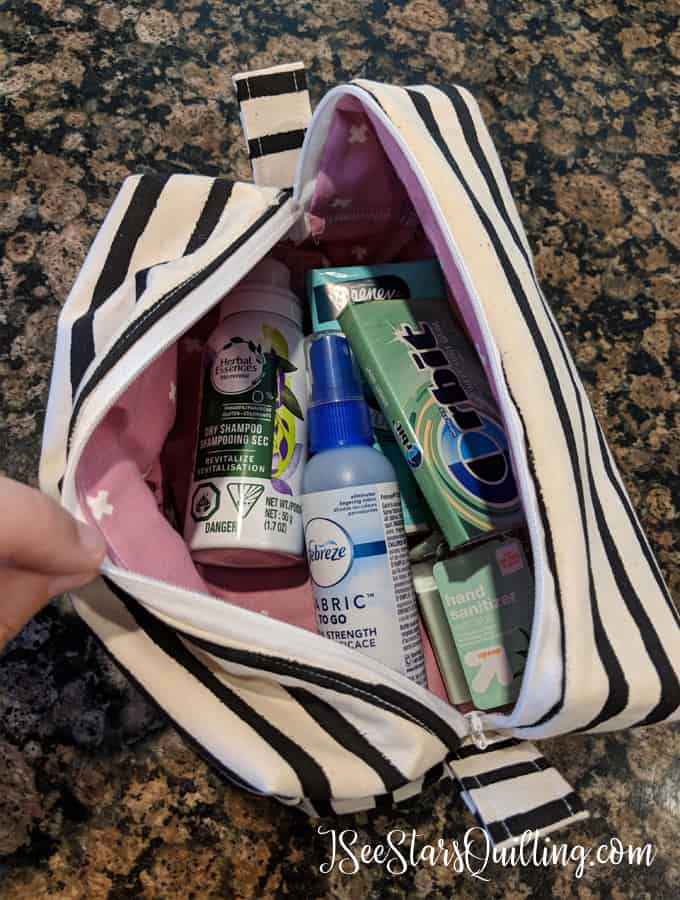
There you have it! These are my go-to vacation accessories!
If you’re a DIY-er, don’t leave town without something handmade close to you!
Also, if you are procrastinating your packing… don’t try and do all of these in one day and then stay up all night packing because you were sewing and then blame it on me, ok? – I mean,
Happy sewing and safe travels!
